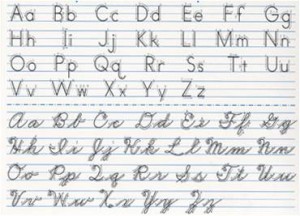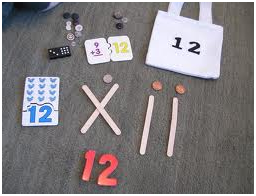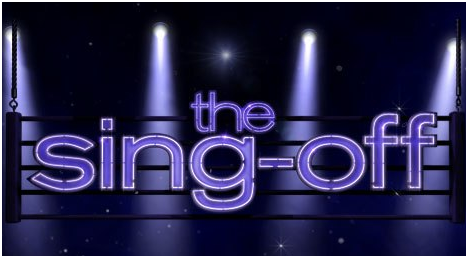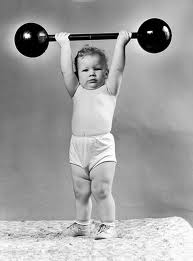
I am not a native English speaker. Technically speaking, English is my second language and the language of my birth is Korean. When I first came to the US, I spent a great deal of time and effort learning to speak, read, and write the language – so much so that now in my head, I think in English, so I guess you can call it the language of my thoughts. During these early years, I spent a great deal of time just copying books – learning to write in a script that I had vaguely learned in kindergarten in Korea, but now would become the centerpiece of everything I write. Part of this practice was spent in developing my penmanship. I actually spent a good deal of time learning penmanship. This is probably something anyone learning English as a second language probably went through at some point or another, and I used to use template books with pages similar to that featured above to perfect my handwriting. And it helped. I also remember specific handwriting exercises given out as homework by our first and second grade teachers that made us do the same thing I was doing at home just trying to learn the language. I think (and I’m dating myself here) back in the early 80’s, it was still considered important enough of a subject that it was taught in school.
It doesn’t seem like so anymore.
I have friends with kids who go to elementary school now and rarely are there classes, lessons, or even teachers who instruct in penmanship. Penmanship is probably a subject matter that probably gets crowded out by more “relevant subjects” for the 21st century, like computer literacy and the internet. But handwriting is actually, in my humble opinion, an art form, something that can help center your thoughts and something that’s beautiful in and of itself. And it seems like there’s actually neurologically beneficial reasons for practicing penmanship and handwriting in general. According to this article, kids who write more by hand seem to develop their neural activity more and can (one hopes) lead the kids developing their intelligence more than those who do not write by hand as much. Incidentally, this loss of penmanship is not an American phenomenon. In China, too, there is an increasing loss of handwriting capability as more and more people use texting and keyboard type devices to communicate. And this is the culture that invented calligraphy, where the entire point of the art is the penmanship.
Now, don’t get me wrong, I’m no Luddite bemoaning the rise of computers and mobile telecom devices. But what I am saying is that there are some fundamental skills that can get loss in the shuffle to educate ourselves – and out children – to prepare for the more technologically advanced century. Certain things are fundamental because they are so important to personal development. Take a look at letters from the Colonial period, or even the Civil War, or heck, even as recent as WW2. We often talk about the loss of good, classical education (you know, the kind where you weren’t considered educated until you can speak Latin and Greek, and have read everything from Plato to Dickens, etc). The handwriting of old display a sense of sophistication and class, at least to us, that to them, was probably as common as writing down a grocery list. And now there’s scientific evidence that some of these older styles of instructions are actually proven to be beneficial.
Well, Junior, I know by the time you go to school it’ll be the mid 2010s, and you’ll probably have neural interfaces to computers by the time you can vote, but if I have anything to say about, you’re going to learn to write well, not just in content but also in physical form. I think the model to aspire to is Thomas Jefferson. He was chosen to be scribe of the Declaration of Independence not just because he was a great wordsmith, but he could actually write in a beautiful handwriting.




